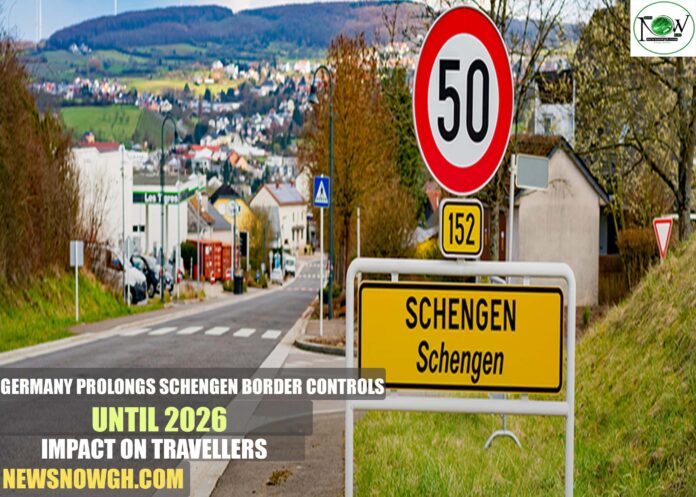Germany Prolongs Schengen Border Controls Until 2026: Impact on Travellers
Germany has announced the continuation of internal border checks until March 2026. This decision affects not only Germany but also several other Schengen countries. Here’s what you need to understand about these changes, including essential document requirements and travel regulations.
Key Updates for Travellers
If you’re planning to explore Europe soon, it’s crucial to stay informed. Germany’s decision to maintain border checks until March 2026 affects travel plans significantly. Other countries are also extending their checks through late 2025, creating a ripple effect across the region.
Affected Countries
Germany is not acting alone in this decision. Several other Schengen nations have also extended their internal border controls, set to last until late 2025. Here’s a list of the countries involved:
- Germany: Until March 2026
- Austria
- Denmark
- France
- Italy
- Netherlands
- Norway
- Poland
- Slovenia
- Sweden
The end dates for these checks vary, ranging from September to December 2025.
Implications for Travellers
What does this mean for your travel plans? While the Schengen Area is designed for free movement, border checks have been reintroduced in some countries. If you travel through any of these nations, remember to:
- Always carry a valid passport or national ID card.
- Prepare for potential delays at crossings, including roads, railways, and airports.
- Be mindful of the 90-day limit for visa-free stays in the Schengen zone, as overstaying can result in penalties.
Reasons for Ongoing Border Checks
Typically, internal border checks are not permitted in the Schengen Zone because they hinder movement and disrupt trade and tourism. However, countries can reinstate these checks for security or health reasons. This situation has persisted since 2015, primarily due to concerns over migration, public safety, and the threat of terrorism.
Recent Changes to Border Regulations
In mid-2024, the EU revised its Schengen Border Code, introducing several key adjustments:
- It now permits EU-wide travel restrictions during significant public health emergencies, such as pandemics.
- It clarifies the conditions under which EU countries can reintroduce border checks.
- It grants countries the authority to close or limit border crossings and enhance border surveillance as needed.
Conclusion
As you prepare for your travels to Europe or between Schengen countries, don’t assume that borders are fully open. Stay informed about local regulations, always carry your ID or passport, and keep track of your 90-day allowance if you don’t require a visa. Being proactive will ensure a smoother travel experience during these extended border checks.
Follow NewsNowGh to stay updated on the latest information regarding work permits, visas, and visa-sponsored employment.


